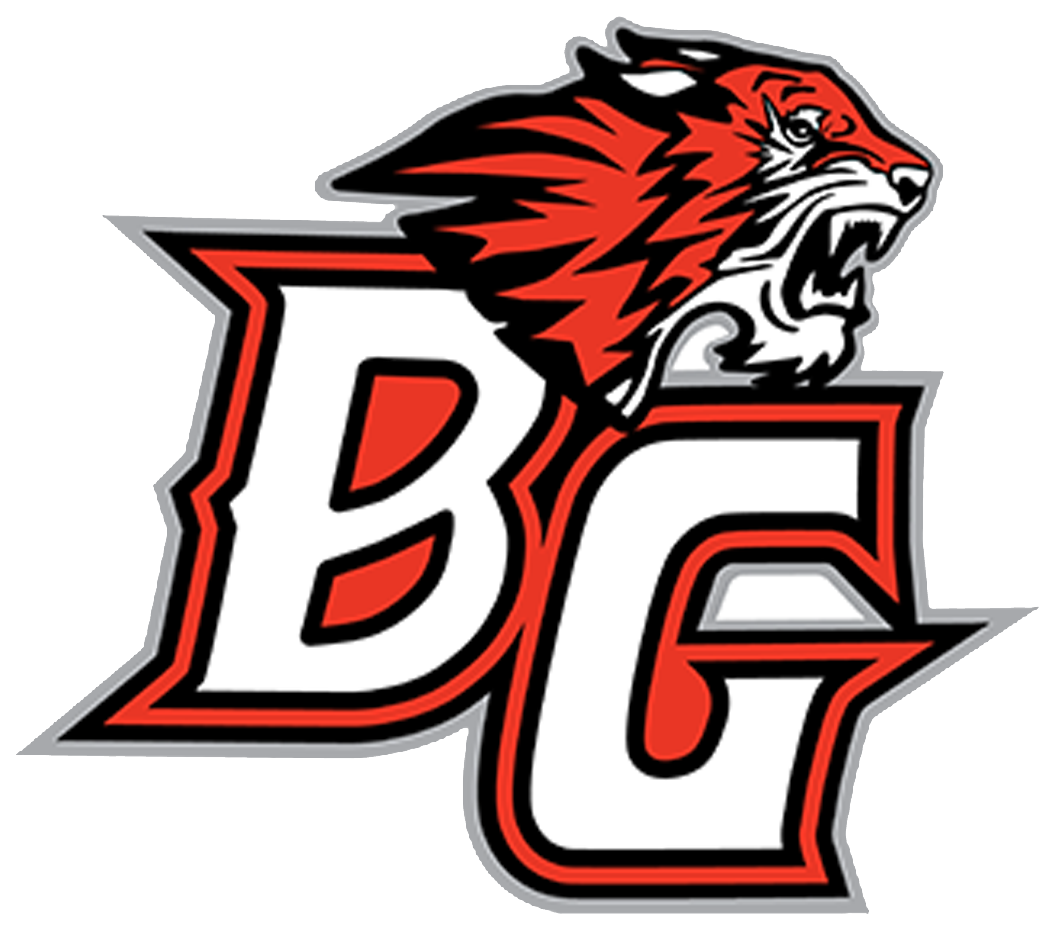On a drizzly morning in March, students from the Center for Agriculture, Science and Environmental Education put on wading gear, grab their equipment and trudge out to a pair of manmade ponds on their 80-acre outdoor learning campus in Brush Prairie. There, they wade in and recover traps set up the previous week, carefully cataloguing and tagging whatever they find.
“The purpose of the study is to look for the presence/absence of amphibian species in our two ponds and to track amphibian populations over time,” said Irene Catlin, environmental sciences teacher with CASEE. “Amphibians are sensitive to environmental changes, so they are excellent bioindicators.”
This year marked the 20th for the annual pond survey, started in cooperation with Charlie Crisafulli, a research ecologist in the U.S. Forest Service Pacific Northwest Research Station.
CASEE is a half-day Science, Technology, Engineering and Math program, offering high school students an integrated curriculum in science and English. Courses include biology, natural resources, environmental science, forestry, wildlife, chemistry, agroecology, microbiology, agricultural and industrial biotechnology and four years of high school English.
 “Students learn a lot in this pond study,” Catlin said. “Essentially, it puts them in the role of scientist, teaching them how to adhere to strict protocols; learn how to collect data properly, minimize errors; identify species using keys, and collaborate and problem solve as a group.”
“Students learn a lot in this pond study,” Catlin said. “Essentially, it puts them in the role of scientist, teaching them how to adhere to strict protocols; learn how to collect data properly, minimize errors; identify species using keys, and collaborate and problem solve as a group.”
In addition to tracking how amphibian populations are responding to environmental changes, the study also looks at the impact of non-native American bullfrogs, an invasive species that has flourished in the Pacific Northwest.
“We do have a robust data set,” Catlin said. “Twenty years of data can allow us to really see the big picture of how amphibians are doing in our own backyard over time.”
 That data will be analyzed and presented at a special all-day amphibian summit at CASEE on Thursday, May 8. Crissafulli will be in attendance, along with other area scientists. Students will present their research and have the opportunity to ask questions and receive feedback.
That data will be analyzed and presented at a special all-day amphibian summit at CASEE on Thursday, May 8. Crissafulli will be in attendance, along with other area scientists. Students will present their research and have the opportunity to ask questions and receive feedback.
“This is definitely a celebration,” Catlin said. “So many students past and present have contributed to this amazing data set.”

